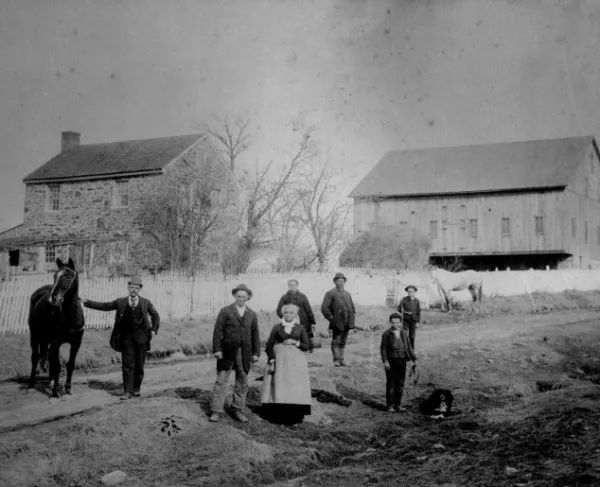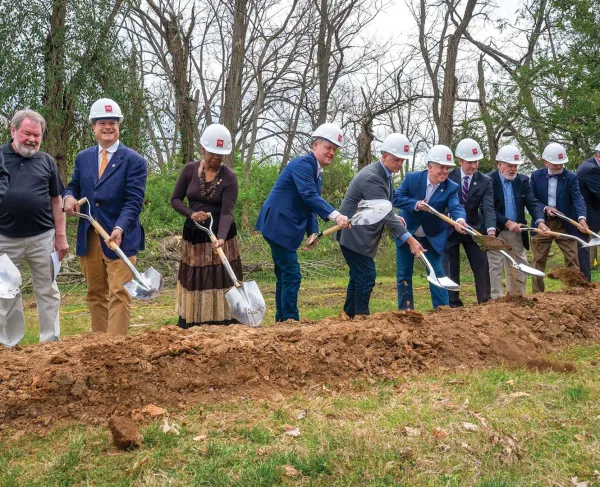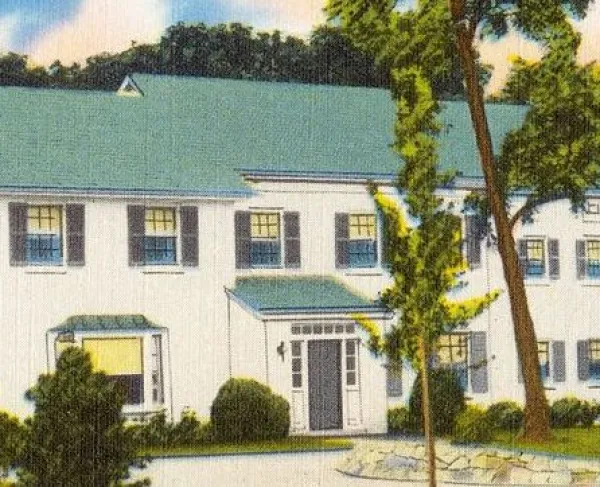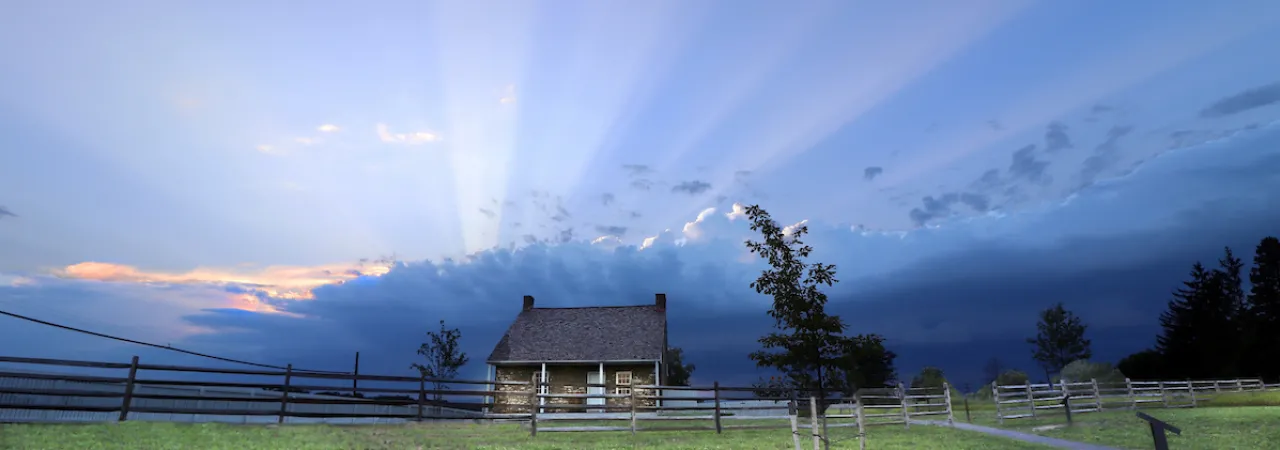
Lee's Headquarters at Gettysburg National Military Park
Students in Prof. Benjamin Luley’s Archaeology of Pennsylvania class at Gettysburg College had the opportunity of a lifetime this autumn, participating in the excavation of a historic building foundation on the Trust’s Lee’s Headquarters property. In the process, they made important discoveries that have deepened understanding of events from July 1, 1863, that have achieved somewhat legendary status.
The four-acre property acquired by the Trust in 2015 and subsequently restored to its wartime appearance through the demolition of a hotel complex famously included the Mary Thompson House. But the portion of the parcel on the opposite side of the Chambersburg Pike had once been the site of another home, leased from Thompson by Alexander Riggs and family at the time of the battle, but torn down in the 1950s.
The Riggs House figures into the legend of John Burns — the 69-year-old War of 1812 veteran who took up his powder horn and musket to fall in with the Iron Brigade, serving as a sharpshooter in the McPherson Woods on July 1. Wounded several times, Burns was left behind by retreating Union troops but managed to discard his weapon and convince the advancing Confederates that he was a noncombatant who had been caught in the crossfire. According to legend, the wounded Burns crawled to the closest house, but the Riggs family — having evacuated before the battle — was not there to take him in. He collapsed against the cellar door.
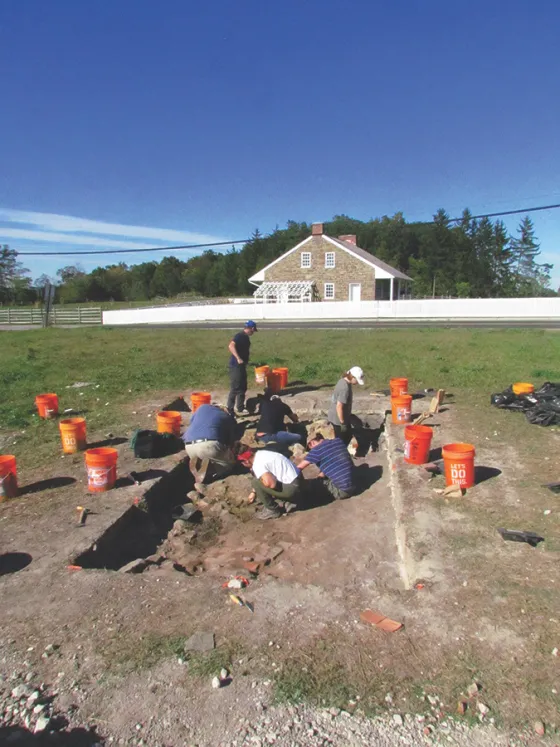
After the Trust acquired the Lee’s Headquarters property, historians from the Adams County Historical Society (ACHS) suggested a scan of the parking lot at the Riggs House site with ground-penetrating radar. This process indicated the remains of a building’s foundation underneath the asphalt, and plans for a formal investigation began to take shape.
The excavation that began in August was a cooperative effort of the Trust, Gettysburg College and ACHS, performed by students and volunteers. The excavations uncovered the stone foundations of the eastern wall of the farmhouse, including the location of the famous cellar door where Burns was found lying wounded during the battle. A brick patio was also discovered outside the eastern wall, which may have been covered with a wooden patio sometime after the battle.
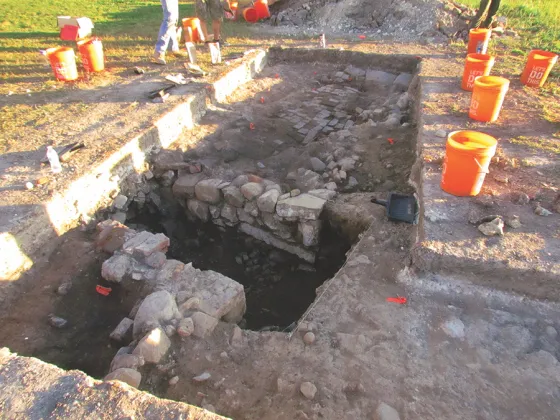
A number of items — including a lady’s comb, buttons and pieces of pottery dating as far back as 1800 — were uncovered in the process. The majority of artifacts, however, date to the second half of the 19th century and the early 20th century, with many of them found in layers of soil associated with the abandonment of the house.
After excavations were completed in late October, students turned their attention to washing and cataloguing the artifacts. These will be turned over to the Trust — along with an official report and detailed maps showing the locations of the discoveries — in early 2018.
We're on the verge of a moment that will define the future of battlefield preservation. With your help, we can save over 1,000 acres of critical Civil...
Related Battles
23,049
28,063
